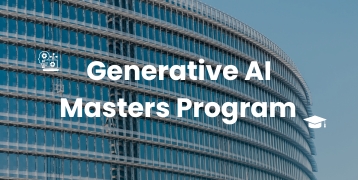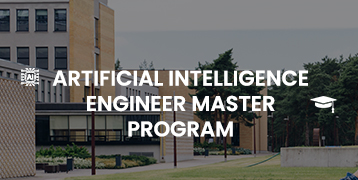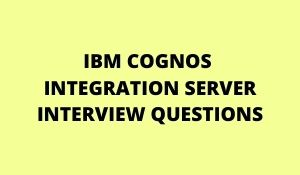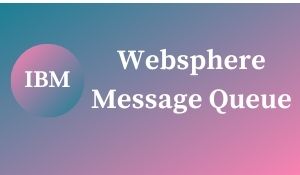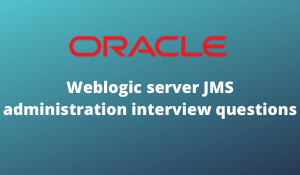
What is a web logic server?
Oracle WebLogic Server is a J2EE Server (earlier known as BEA WebLogic Server) similar to the Oracle Application Server.
What is JMS?
JMS means Java Messaging Service. It is the new standard for inter-client communication. It allows the J2EE application component to create, send, read, and receive messages.
What is the default JVM used for Weblogic?
Sun Hotspot JDK default for Development installation, and JRockit is for Production mode for WebLogic 11g and 12c. The operating environment also factors in selecting the Certified JDK JVM. If you want to change you need to specify it.

How do you differentiate between a server hang and a server crash issue?
When a Server crashes, the JAVA process no longer exists. When the Server is hung, it stops responding.
We can use the WebLogic. ADMIN utility to ping the server. In case of a hang situation, we can take multiple thread dumps and analyze the cause of the hang.
What can be the various reasons for a server crash?
a) Native IO
b) SSL Native Libraries
c) JVM
d) Supported Configuration
e) JDBC Driver issue
What Oracle WebLogic server include?
Oracle WebLogic server includes
1)Domain
2)cluster
3)servers
How many types of messaging models do JMS provide and what are they?
There are two types of messaging models that JMS provides –
Point-to-point queuing
The second one is public and subscribe
| Learn more information from the GoLogica “Weblogic Admin Training“ |
We often see BSU when using Weblogic. What is the meaning of BSU?
Oracle bought Weblogic from BEA. BSU Stands for Bea Smart Update. This utility is used to apply the WebLogic Server Patches. In simple terms, it is the first letter of the name of founders Bill Coleman, Ed Scott, and Alfred Chuang.
What is the role of the JMS provider?
The JMS provider handles data conversion, security of the messages, and client triggering. It specifies the level of encryption, the security level of the message, and the best data type for the non-JMS client.
What are the components of JMS?
JMS provider
JMS client
Messages
Administered objects
Native clients
What is a domain in WebLogic?
The domain is a group of WebLogic server resources like an admin server, managed server, JMS, connection pool, data sources, etc, or whatever resource you know of a WebLogic server. since the domain is the basic unit you have to create after installation and everything is created and configured under a domain.
There can only be one administration Server in the domain and zero to N Managed Server.
What are the modes of operation for Weblogic server domains?
There are two modes: Development and production mode
What are Weblogic clusters?
A WebLogic Server cluster consists of multiple WebLogic Server server instances running simultaneously and working together to provide increased scalability and reliability. A cluster appears to clients to be a single WebLogic Server instance. The server instances that constitute a cluster can run on the same machine, or be located on different machines. You can increase a cluster’s capacity by adding additional server instances to the cluster on an existing machine, or you can add machines to the cluster to host the incremental server instances. Each server instance in a cluster must run the same version of WebLogic Server.
What is a JMS session?
A JMS session is a single-threaded context for sending and receiving JMS messages. A JMS session could be locally transacted, non-transacted, or distributed transacted.
Mention the difference between durable and non-durable subscriptions.
A durable subscription gives a subscriber the freedom to receive all messages from a topic, while a non-durable subscription does not make any guarantees about messages sent by others when a client gets disconnected by others.
What is Byte Message?
Byte message is a stream of uninterrupted bytes. It contains an array of primitive bytes in its payload. For the transfer of data between two applications in their native format, a byte message is used, which may be not possible with other message types.
Mention different types of messages available in JMS API.
The different types of messages available in JMS API are Message, message, BytesMessage, ObjectMessage, and MapMessage.
What is the easiest way to set the classpath?
WebLogic Server installs the following script that you can use to set the classpath that a server requires:
WL_HOME\server\bin\setWLSEnv.cmd (on Windows)
WL_HOME/server/bin/setWLSEnv.sh (on UNIX)
where WL_HOME is the directory in which you installed WebLogic Server
What is the difference between JMS and RPC (Remote Procedure Call)?
The basic difference between JMS and RPC lies in the way the message. JMS uses a synchronous messaging type while, RPC creates a synchronous messaging type. The method invoker in RPC waits for the method to finish execution and return the control to the invoker. In JMS the message sender just sends the message to the destination and continues its processing.

What is MOM about JMS?
The MOM ( Message Oriented Middleware) is software that works as an intermediate between two communicating components. It is placed between the client and server, MOM provides the facility of passing messages by using the technique of queuing. Until the client does not request to read the message, the messages will be stored in the queue. By using this technique, the software component can work independently of time.
👉 Related Article:
🎯 Oracle Weblogic Interview Questions

